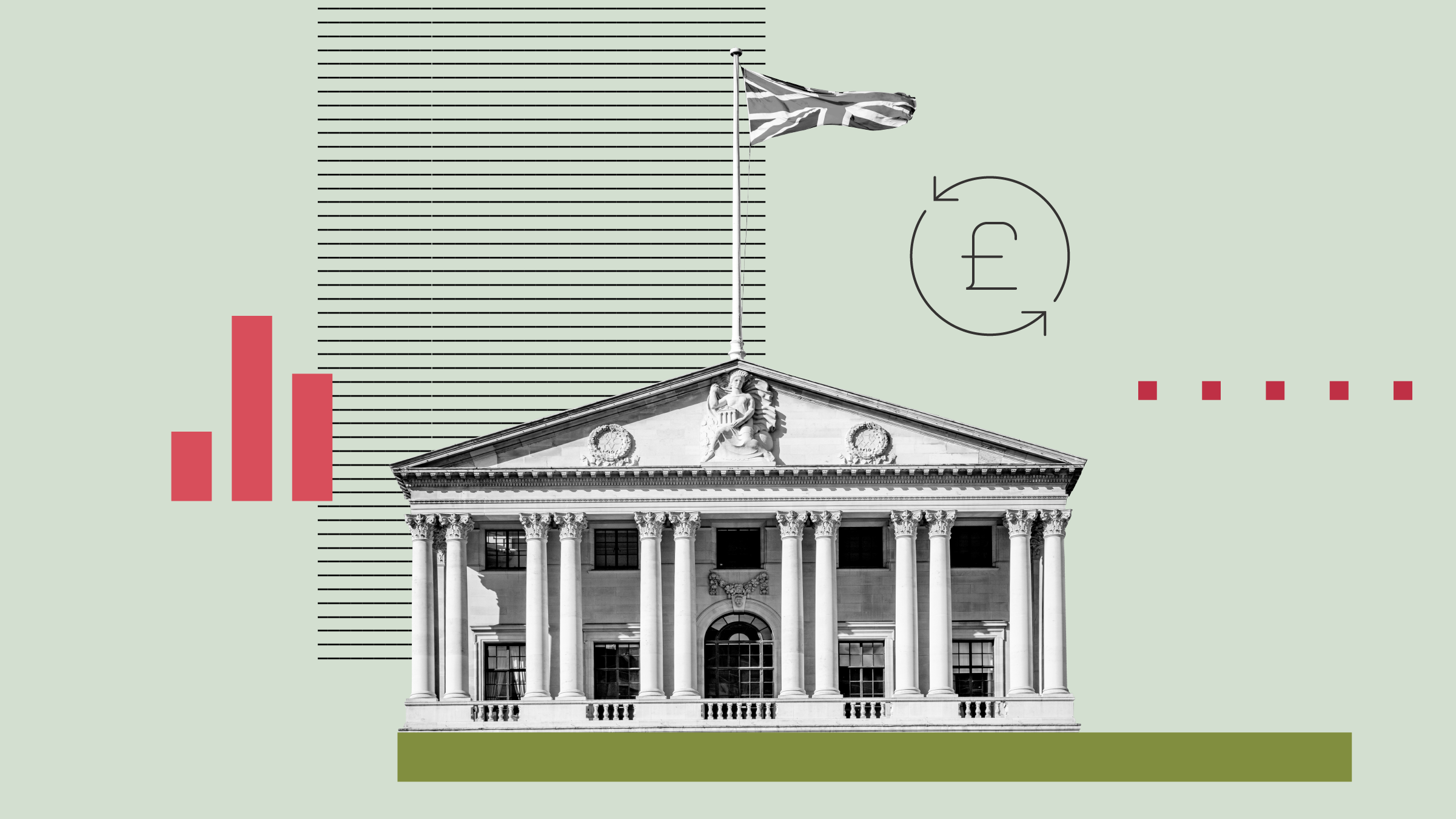This is supposed to be a sleepy time of year for investors, but August has been anything but tranquil. Amid worsening news about economic growth, employment, and the housing market, 300-point market swings--mainly to the downside--have become commonplace.
Such volatile markets can provide fertile ground for value hunters--for example, Warren Buffett's Berkshire Hathaway (BRK.A) (BRK.B)recently initiated a $5 billion stake in beleaguered banking giant Bank of America (BAC), negotiating very favourable terms in exchange for the stamp of credibility conferred by Berkshire ownership.
But while Buffett is heeding his own much parroted advice to buy when others are afraid to, that message hasn't resonated with many smaller investors. At an individual investor conference held in the U.S. last weekend, several attendees confided to me, with apparent pride, that they'd been out of equities for a couple of weeks. The data on fund flows also indicates that some investors are feeling defensive.
Outflows from open-end and exchange-traded European equity funds hit EUR1 billion in July, following an outflow of over EUR 6 billion in June. This is the first time since the autumn of 2008 that the European fund space has seen substantial outflows in two consecutive months. Investment appetite across the Atlantic has taken a similar turn. Outflows from open-end U.S. stock funds hit $23 billion in July of this year, the highest level of redemptions since the peak of the financial crisis in October 2008. Both these latest figures cover the period before the market volatility really began to pick up steam; I think it's a good bet that equity-fund outflows for August will be just as bad if not worse.
The fact that the SPDR Gold Shares (GLD) ETF, which owns gold bullion, has eclipsed SPDR S&P 500 (SPY), an S&P 500 index tracker, as the world’s largest exchange-traded fund is yet another indication of investor psychology right now.
Take a Slow Approach
Market participants on either side of the debate have staked out bold positions about whether the current sell-off represents a buying opportunity or whether the bad economic news is cause to run for the hills.
It's easy to find yourself compelled to take bold action, too. After all, some of the world's best-known investors have built their fortunes by making big bets at market inflection points, either buying when equities are in the dumps or retreating to safety prior to market crashes.
But most of us aren't investing for heroics or career accolades. We're in it to reach our financial goals. So for us, I think the best advice during volatile markets is this: Whatever you do, be a chicken about it.
I know, that's not a very inspiring-sounding message. And no, I don't mean that you should retreat to cash and gold and begin stockpiling canned tuna. In fact, if I had to cast my lot with the defensive crowd or the contrarian buyers, I'd say that the current market represents a buying opportunity, especially for those with long time horizons. Morningstar's stock analysts think large-cap stocks, in particular, are a buy at current levels. And more basically, if you liked equities earlier this year, when they were more expensive, you should like them even better now that they're marked down. The FTSE 100 alone lost nearly 10% in August.
But my point isn't to pound the table for equities right now. Instead, I'm saying that if you're inclined to shift your portfolio in one direction or another amid extreme market volatility, do it slowly and deliberately. Think small, incremental moves rather than the all-or-nothing positions ("I'm out of the market!") that investors often embrace when the news flow and market action are extreme. Think timidity rather than decisive action. In other words, be a chicken.
What Can Yellow Do for You?
If you're feeling defensive, for example, map out a plan to reduce your equity stake by a few percentage points during each of the next several months rather than making a radical shift to cash; you may or may not want to go forward with that plan a few months from now. Take a similar tack with individual stocks and funds that are stinking up your portfolio: Assuming their fundamentals are still intact, reduce your position very slowly because last year's stinky investments have a strange way of becoming your portfolio's best performers when the market turns around. Granted, moving slowly won't provide as much psychic relief as cutting out your problematic positions altogether, but it can help ensure that you don't have major regrets--and major unwinding to do--if your gut instinct turns out to be wrong.
The same advice holds true if you're in a buying mood: Very few investors are able to catch the absolute bottom in a stock or market sector; the best we can do is try to lower our average purchase price by buying over a period of days or months rather than all in one go. Although equities might be at their nadir currently, you could have the opportunity to buy them even more cheaply at a later time. Buying in stages--while also taking care to ensure that commissions don't gobble up most of your profits--can help improve your odds of success.
The overarching theme of all of this is that you've got to leave open the possibility that your big thesis--whether it's economic Armageddon for the economy or that equities are cheap--could be off the mark. The concepts of asset allocation and diversification are inherently in sync with that idea--by allocating across multiple asset classes and sectors, you're essentially saying, "Stuff will go up, stuff will go down, who knows for sure?" Edging in and out of positions gradually rather than all at once is yet another way to admit that you might not know what you think you know. That can be humbling, but if it can help you reach your financial goals, who really cares?
This article has been updated for the U.K. by Dea Markova, assistant editor of Morningstar.co.uk.
























